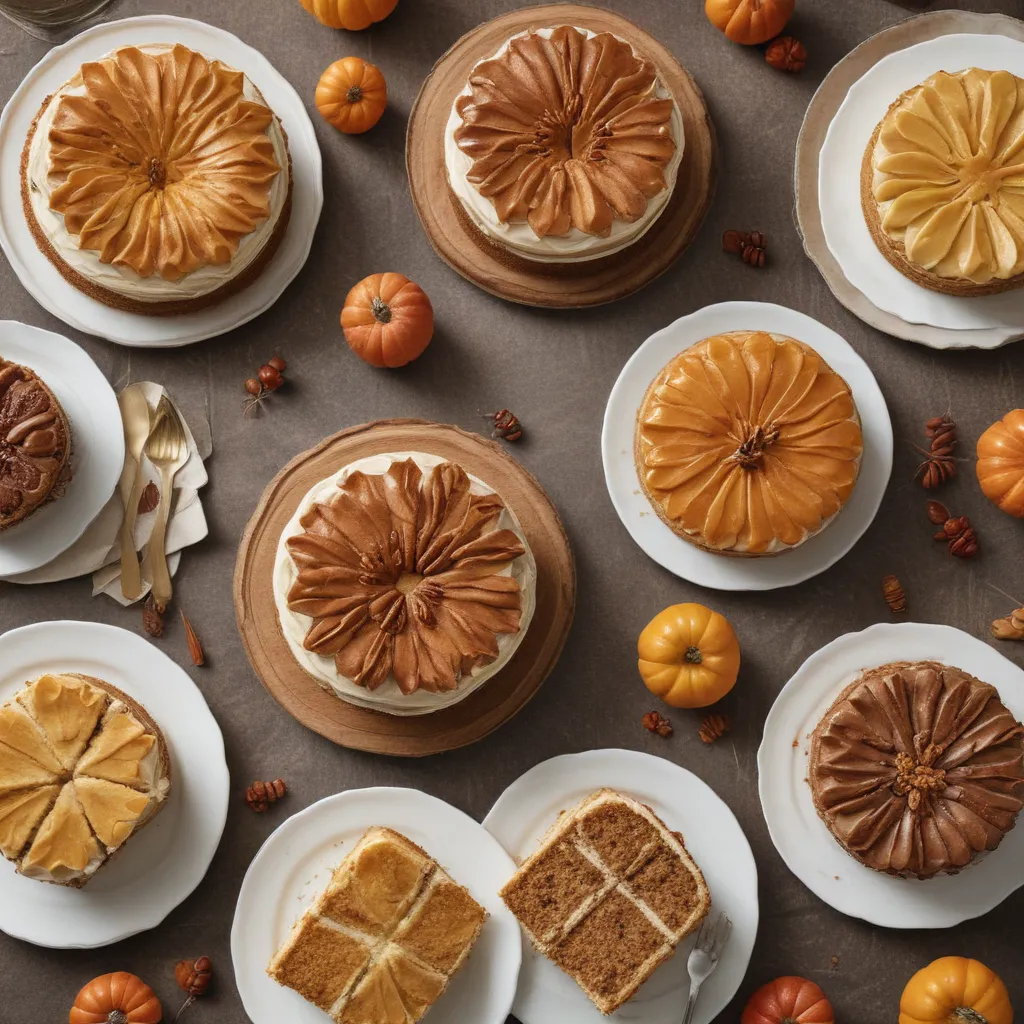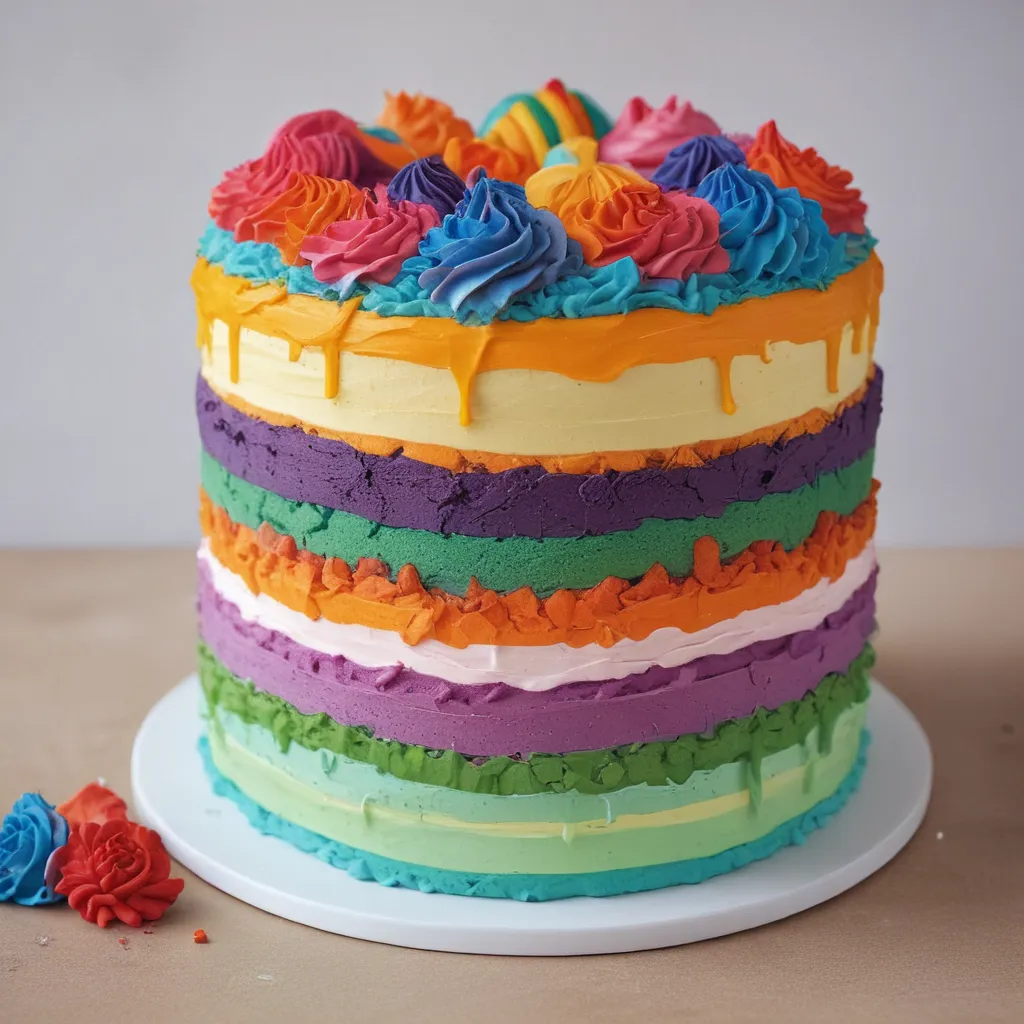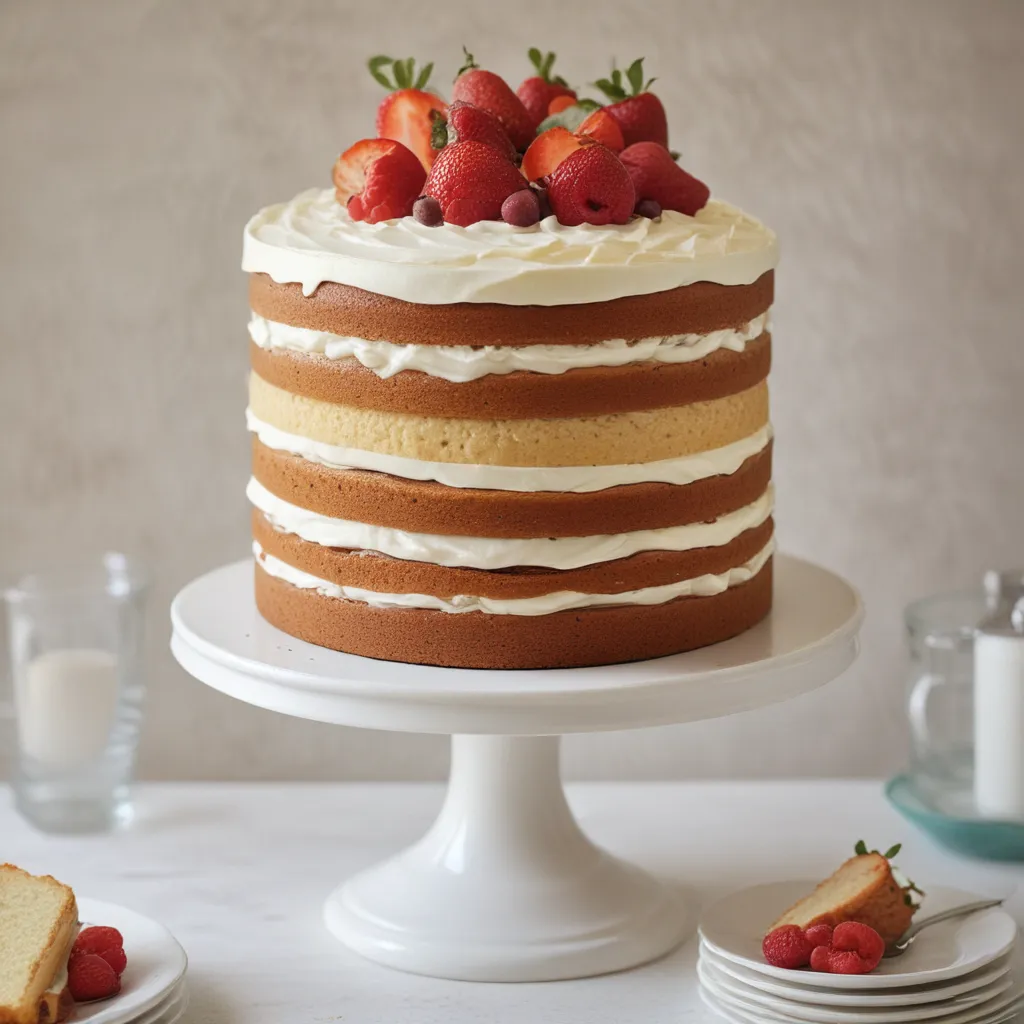Ah, the elusive quest for the smoothest, creamiest cake frosting – a culinary journey that has eluded many a home baker and professional alike. As the proud owner of Jax Cake Shop in San Jose, I’ve seen it all when it comes to frosting mishaps. From the overly stiff and crumbly to the weeping, soupy messes, frosting can be a fickle mistress. But fear not, my fellow cake enthusiasts, for I’m here to impart the secrets to achieving that silky smooth frosting you’ve been dreaming of.
The Fundamentals of Frosting Perfection
Let’s start with the basics, shall we? Frosting, at its core, is a simple combination of fat (usually butter or shortening), powdered sugar, and a liquid (milk, cream, or even water). But oh, the delicate dance required to bring these three elements into harmonious bliss! Too much fat and your frosting will be greasy and heavy. Too much sugar and it’ll be gritty and stiff. And the liquid? Well, that’s where the real magic happens, but only if you add it in just the right amount.
You see, the liquid is the key to unlocking that silky smooth texture we all crave. It’s the emulsifier that binds the fat and sugar together, creating a luscious, spreadable consistency. But be careful, my friends, for too much liquid and you’ll end up with a soupy, unmanageable mess. It’s all about striking the perfect balance, like a tightrope walker navigating the thin line between perfection and disaster.
Mastering the Art of Buttercream
Now, let’s dive a little deeper into the world of buttercream, the reigning champion of cake frostings. This rich, creamy delight is the backbone of many a stunning cake, from the elegant tiered wedding cakes to the whimsical, colorful creations that adorn our bakery shelves.
The key to buttercream success lies in the temperature of your ingredients. You see, butter and shortening are fickle beasts, beholden to the whims of the thermostat. Too cold, and they’ll be stiff and unyielding. Too warm, and they’ll turn into a greasy, goopy mess. It’s a delicate dance, I tell you, but once you’ve mastered the perfect temperature, the rest is smooth sailing.
And let’s not forget the importance of mixing technique. Slow and steady wins the race when it comes to buttercream. Rushing through the process will only result in air pockets and an uneven, lumpy texture. No, my friends, you must be patient, gently incorporating each ingredient until the mixture is silky smooth and oh-so-spreadable.
Conquering the Challenges of Meringue-Based Frostings
But what about those delicate, airy meringue-based frostings, you ask? Ah, yes, the realm of Swiss, Italian, and French meringue buttercream – a veritable minefield for the uninitiated. These frostings, while undeniably light and ethereal, require a deft touch and a keen understanding of the science at play.
The key to success with meringue-based frostings lies in the careful, temperature-controlled creation of the meringue itself. Too much heat and you’ll end up with a grainy, broken mess. Too little, and your meringue will be thin and weak, unable to support the weight of the butter. It’s a delicate balance, my friends, one that requires practice and precision.
But fear not, for the rewards of mastering meringue-based frostings are well worth the effort. Imagine the pillowy soft texture, the delicate sweetness, and the sheer elegance of these frostings adorning your creations. It’s a true game-changer, and one that’s sure to impress even the most discerning of cake connoisseurs.
Troubleshooting Common Frosting Woes
Now, no discussion of smooth cake frosting would be complete without addressing the dreaded pitfalls and challenges that can arise along the way. From curdled buttercream to weeping meringue, the world of cake frosting is fraught with peril. But fear not, for I have the solutions to your frosting conundrums!
Let’s start with that age-old problem of curdled buttercream. You know the one – where the once-silky smooth frosting suddenly turns into a lumpy, grainy mess. The culprit? Temperature, of course. When the butter or shortening gets too warm, the emulsion breaks down, and the whole thing just falls apart. But fear not, for a quick chill in the fridge and a bit of determined re-whipping can often save the day.
And what about those pesky air bubbles, the bane of any cake decorator’s existence? Fear not, my friends, for a simple trick of the trade can have your frosting as smooth as glass. The secret? Beating the frosting at a high speed for an extended period of time, allowing those stubborn air pockets to work their way to the surface and disappear.
Putting It All Together: Achieving Frosting Perfection
Now that we’ve covered the fundamentals, the techniques, and the troubleshooting, it’s time to put it all together and achieve that elusive frosting perfection. Remember, my fellow cake enthusiasts, the path to smooth, creamy frosting is paved with patience, precision, and a deep understanding of the science at play.
Start with the right ingredients, ensure they’re at the proper temperature, and mix with care and diligence. Experiment with different techniques, from the classic buttercream to the airy meringue-based varieties, and find the one that speaks to your personal baking style and aesthetic.
And most importantly, don’t be afraid to make mistakes! Frosting is a forgiving medium, and even the most seasoned bakers have their fair share of frosting fails. But with each challenge overcome, each technique mastered, you’ll be one step closer to frosting nirvana.
So, grab your spatulas, dust off your mixers, and let’s embark on a journey to smooth, silky cake frosting perfection. The rewards, my friends, are sweeter than you can imagine.





